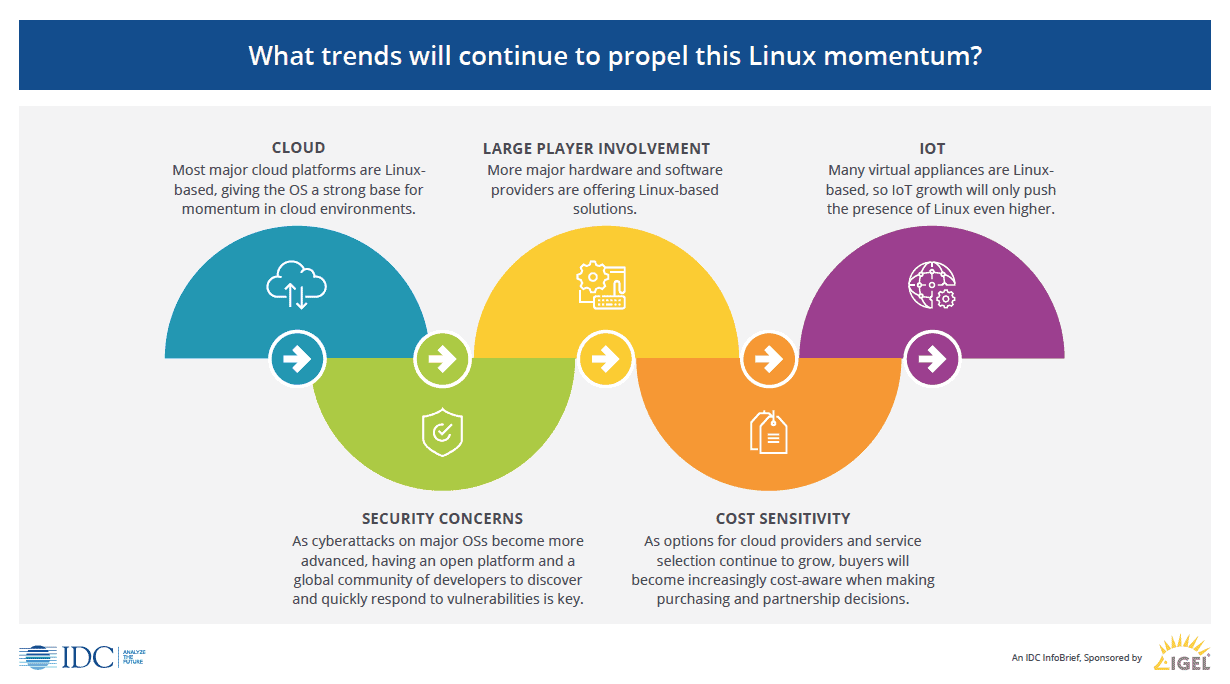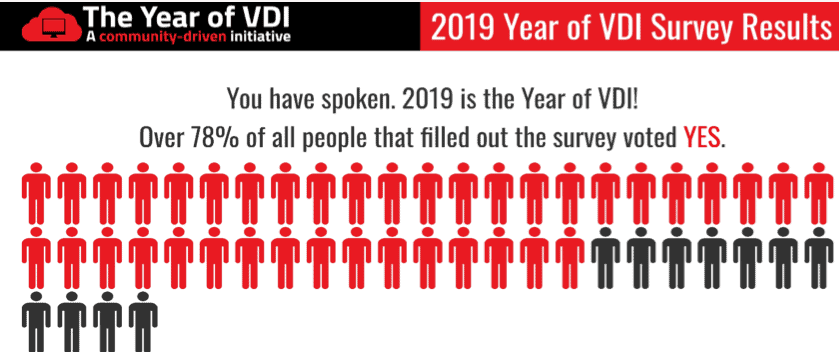IGEL Blog
Is DaaS Dastardly or Doable?
When will DaaS have its day? Right now, DaaS adoption remains at the bottom of the hockey stick curve but many dynamic changes are afoot that eventually should move things forward. First and center is Microsoft’s Windows Virtual Desktop (WVD), due to be in full distribution later this year. Secondly, WVD via Azure or Citrix Cloud will step up competition against AWS and Amazon Workspaces, leading to more choices, and presumably, making DaaS a more attractive option.
That being said, more choices can lead to more confusion in the marketplace. IGEL’s point-of-view is that WVD will help to move the needle in DaaS adoption but it must be in concert with enterprises taking the cloud even more seriously. While the hybrid environment is becoming the organizational norm, it’s also one factor standing in the way of DaaS adoption. Many top business applications still reside in the datacenter and need to move to the cloud. Some enterprises are still working with fat clients and mainly on premises workloads while others are ambitiously moving more applications to the cloud. And a large number are in the middle, with some Citrix on premises and some in the cloud.
IGEL is firmly behind the continued advancement of VDI, moving applications to the cloud, moving Windows into the datacenter and supporting as-a-service advancements that help enterprises be more competitive. We also believe that the future lies in an endpoint user experience that is secure, untethered to any particular desktop and can access applications wherever the user may be, and on whatever device they may be using.
Bringing Clarity to DaaS
For now, the enterprise reality is a hybrid environment and it most likely will continue for some time. Enterprises will continue to deploy a mix of Citrix, VMware, Windows 7 and Windows 10, plus on-prem and cloud-based applications. Adding DaaS to this mix can work but first these points should be considered:
- What does the current infrastructure environment look like?Enterprises already heavily invested in a cloud service model can integrate DaaS more nimbly than enterprises still locked in to more on premise computing.
- How will adding DaaS increase productivity? Determining what use cases would work with a DaaS deployment has to be an early step. If the enterprise is buried in legacy applications or highly customized software, rewriting applications for DaaS may not improve workflows and in fact consume valuable, costly IT time.
- Is outsourcing a comfortable model for the enterprise?DaaS is a different mindset: the concept of building your own infrastructure goes out the window. You’re now buying a service, a thousand desktops, for example, from a third party. Enterprises that feel their current asset refresh cycle works well and are skittish about locking in to a leased DaaS arrangement, will likely avoid DaaS.
- Does DaaS mesh with your business strategy? Enterprises moving toward acquisitions and faster growth may find DaaS is a more nimble path for quick onboarding of employees. Getting new employees up and working quickly is a compelling motivator.
The Endpoint Factors In
Regardless of an enterprise’s choice, to outsource VDI or remain with on-prem VDI, the user experience remains at the heart of enterprise productivity and competitiveness. At IGEL, we continue to work with our partners to examine how best to deliver a VDI solution to customers that is compatible with their business, their budget and their growth needs. Since IGEL endpoints are Linux OS driven, we can provide a secure, simple, highly efficient user experience, whether delivered by DaaS or other means.


